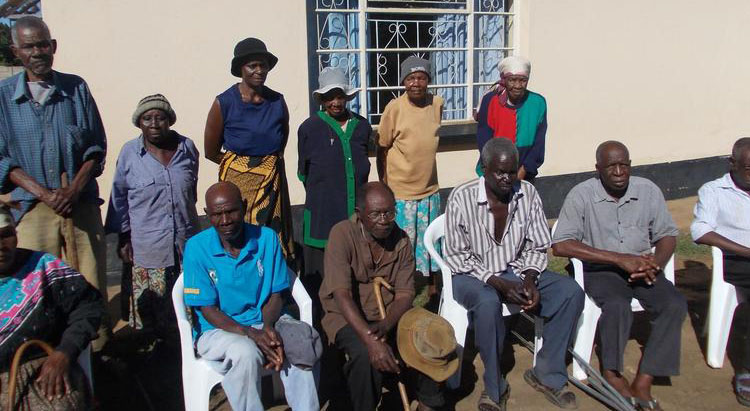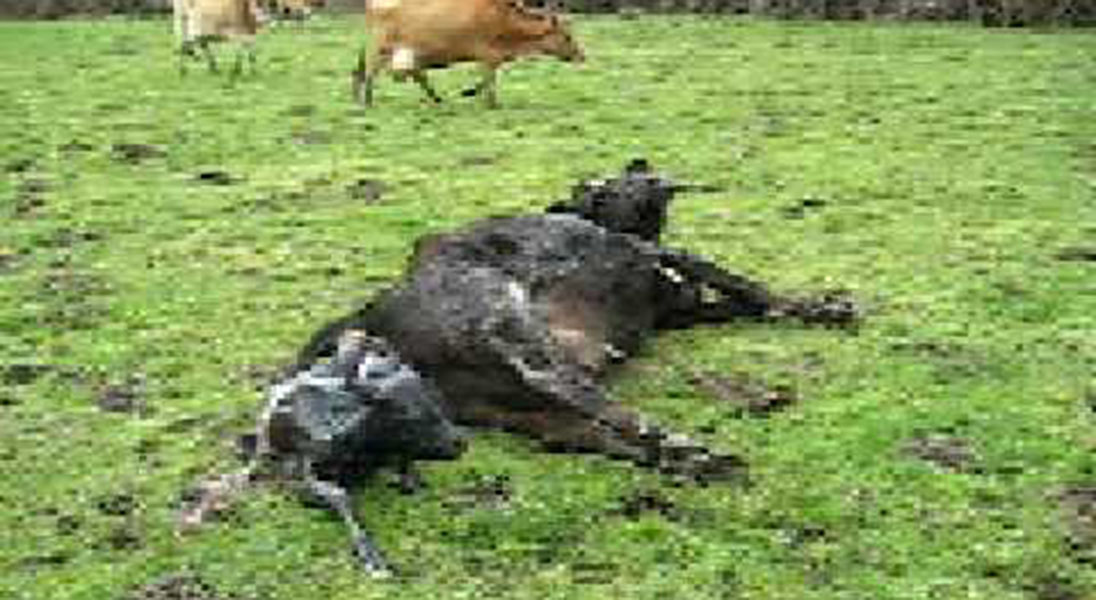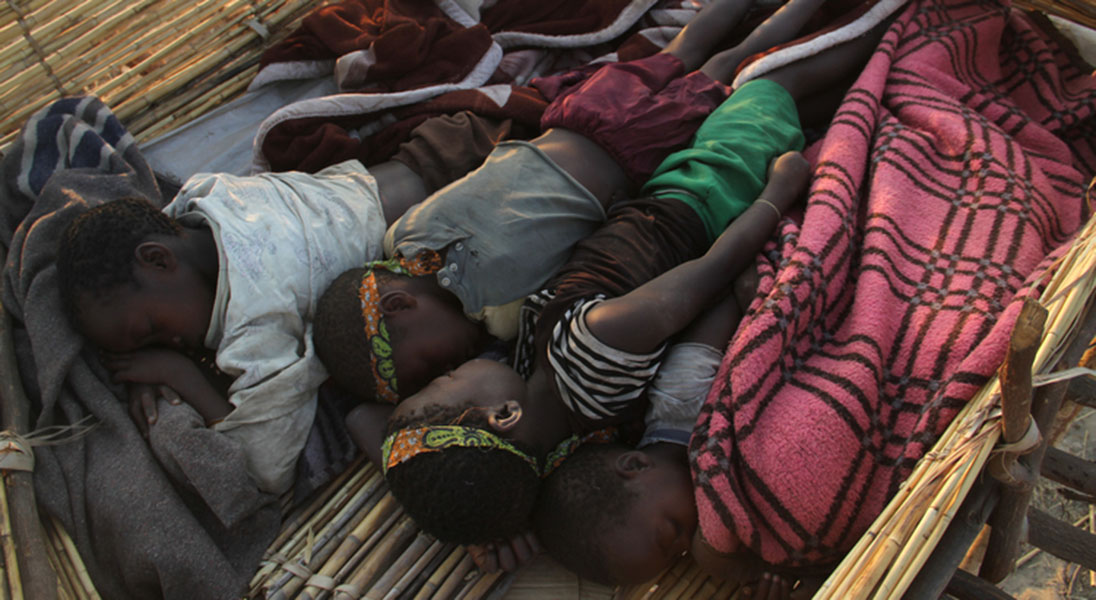Mash Central worst affected by teenage pregnancies
- By Zimpapers Syndication |
- 03 May, 2025 |
- 5

Charity Ruzvidzo ---
Mashonaland Central has the highest adolescent pregnancies in the country, a report has shown. According to the latest report titled: “National Adolescent Fertility Study,” adolescent pregnancy was highest in Mashonaland Central at 28 percent and lowest in Harare at 7 percent.
The province also tops the list of highest child marriages.
The report which was launched last week by the Minister of Health and Child Care Dr David Parirenyatwa at St Albert’s in Mt Darwin ,revealed that adolescents from rural areas were at higher risk of falling pregnant than their urban counterparts.
Dr Parirenyatwa said adolescent pregnancy increased with age.
“Nine percent of the adolescents aged 10 to 19 years have ever been pregnant, when broken down by age group 17 percent of the adolescents aged 15 to 19 years had experienced pregnancy. Adolescents aged 15 to 19 years in rural areas were more likely to be at risk of pregnancy than their urban counterparts,” he said.
The Minister said there was need to raise more awareness on adolescent pregnancy in rural areas.
“Adolescents with no comprehensive knowledge on pregnancy and those who were supporting adolescents who are pregnant were at higher risk of pregnancy. It is therefore, very pivotal to continually raise awareness against adolescent pregnancy,” he said.
The report shows that after controlling of other factors, Matabeland North and Matabeland South had the greatest risk of adolescent pregnancy.
Sexual abuse, as stated in the report, was one of the major causes of adolescent pregnancies.
“Rape or forced sex was reported as one of the reasons of first sexual encounters by adolescents girls aged between 15 to 19 years at 10 percent. Adolescent girls aged 10 to 14 years were at higher risk of sexual abuse as 54 percent reported that they were raped or forced on their sexual intercourse,” the report showed.
Furthermore, the report indicated that orphans were more likely to be at risk of pregnancy compared to non orphans with double orphans having the higher risk.
Poverty also leads to adolescent pregnancy as parents may marry off their daughters out of fear for their safety and welfare.
Tradition and the stigma of straying from tradition perpetuates child marriages in many communities and these lead to adolescents pregnancies. Crucially, gender inequality and the low value placed on girls underlie the practice also lead to adolescent pregnancy.
Adolescent pregnancy has critical health consequences.
“Pregnant adolescents are more likely to face challenges because their bodies are not fully developed. Some may have obstetric fistula, obstructed labour and uterine rupture and cervical cancer amongst other complications,” read the report.
Pregnant adolescents may also be exposed to sexually transmitted diseases and HIV Aids.
The report further states that in addition to health consequences, pregnant adolescents can also be affected psychologically as they can forced to drop out of school; being chased away from home and abandonment by the man responsible for the pregnancy and friends.
UNFPA Zimbabwe representative, Cheikh Cisse, who was also present at the launch of the report said, globally, adolescent pregnancy is a major contributor to maternal and child mortality.
“About 16 million girls aged 15 to 19 years and about 2 million girls under 15 years give birth every year. Approximately 95 percent of teenage pregnancies occur in low and middle income countries such as Zimbabwe, with 36, 4 million women becoming mothers before the age of 18,” he said.
He also called for increased awareness against adolescent pregnancies.
“One in every 10 girls aged 15 to 19 years in Zimbabwe falls pregnant every year. This is one of the highest teenage fertility rates in Sub Saharan Africa. This, therefore requires our urgent attention as teenage pregnancy curtails girls and young women opportunities and hinders them from reaching their full potential,” the UNFPA rep said.
He said UNFPA in partnership with other stakeholders was committed towards achieving good sexual reproductive health for adolescents and young people.
“With the Ministry of Health and Child Care we have been working to ensure availability and access by young people to quality adolescent and youth friendly sexual reproductive health services,” he said.
Strengthening adolescent sexual and reproductive health rights in schools and out of schools was one of the recommendations in the report.
“There is need to improve access to life skills or comprehensive sexuality education by adolescents in and outside school. Socio-cultural and religious norms and community values that undermine sexual reproductive health and perpetuate adolescent pregnancies in communities must also be addressed,” read part of the report.
Also, the recommendations highlighted the need to improve adolescent’s knowledge on the laws, policies and constitutional rights.
Strengthening law enforcement and legal compliance mechanisms as well as improving child protection services in the country was important, it was noted.
Zimbabwe is one of the 41 countries in the world facing rising cases of child marriages.
Mashonaland Central has the highest rate and due to this, the province also records a high number of gender based violence.
However, according to UNFPA 2016 report on GBV the percentage of women aged between 15-49 who had experienced physical violence in the last 12 months, decreased in Mashonaland Central, from 23.5 percent in 2010 to 15 percent in 2015.
The 2014 Zimbabwe Multiple Indicator Cluster Survey shows that Mashonaland topped the list with 50 percent of the marriages involving minors, followed by Mashonaland West which was at 24 percent, Mashonaland East 36 percent, Harare 19 percent, and Matabeleland South 18 percent while Bulawayo had the least prevalence with 10 percent.
The decrease can be attributed to the prevention interventions and the effectiveness of programmes by government, civil society and other stakeholders.
Worldwide, more than 700 million women alive today were married as children and 17 percent of them, or 125 million, live in Africa.
The global average adolescent fertility rate was 50 births per 1,000 women aged 15 to 19 years in 2012, highest in Africa with 116 births and 122 births in low income countries.
Southern Africa has the world’s highest level of adolescent pregnancy estimated at 101 births per 1,000 women aged 15 to 19 years.
Approximately 39 percent of girls in sub-Saharan Africa are married before the age of 18.
All African countries are faced with the challenge of child marriage, whether they experience high child marriage prevalence, such as Niger 76 percent or lower rates like Algeria 3 percent. -Zimpapers Syndication.
No Comments












.jpg)

Comment